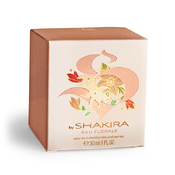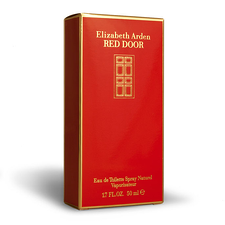Top Five Considerations for Choosing Between Cold Foils and Hot Foils
Jul 3, 2012 | Cold Foils, Hot Foils, Foils | 0 comments
Print and packaging design professionals often wonder about the advantages of cold foil over hot foils. Cold foil is not a replacement for hot foil but instead an opportunity to expand the use of foil into more markets and applications. While hot foil is stamped into a surface using heat and pressure, cold foil is transferred onto a surface as a flat application. This differentiation results in unique characteristics and performance attributes. Following are five considerations that may help decide:
- Schedule and budget: Cold foiling is typically faster than hot stamping. Cold foil is applied on press, prior to inks. Because there are no dies, tooling time and costs are reduced. Dependent on layout logistics, cold foiling can be less expensive—but not always.

- Coverage: If the foiled image is positioned only on a small area of a sheet, hot foil stamping may be most cost-effective because foil is indexed in the hot foil process. For moderate- to full-coverage, cold foils are generally ideal.
- Production Challenges: The cold foil process is not as effective on dry, porous or dark stocks. On these, the hot stamping process excels in performance, opacity, and brightness.For embossing, hot foils must be employed—the cold foil process is a flat application only and cannot be embossed concurrent with application.

- Visual characteristics: While the brilliance of hot foils is unsurpassed, significant strides have been made with respect to the reflectivity of cold foil and today it takes a discerning eye to notice the true visual differences. One other nuance is the subtle dimensionality of hot foils which imparts a premium feel vs. the total flatness of cold foils.
- Color: For the broadest range of metallic color on one application, cold foil is ideal as it can be overprinted with any color for an infinite spectrum of possibilities. Hot foils can be applied in numerous brilliant shades and some can actually be overprinted as well- but not as quickly and efficiently as cold foils.
There are some markets previously inaccessible to metallic treatments that can now shine with cold foil. While some applications may decidedly favor hot over cold foil, others might even benefit from a sophisticated pairing of both finishes.
Making Brands Shine: ITW Foils offers both hot foils and cold foils in various grades to meet even the most challenging production requirements with ease and polish.
